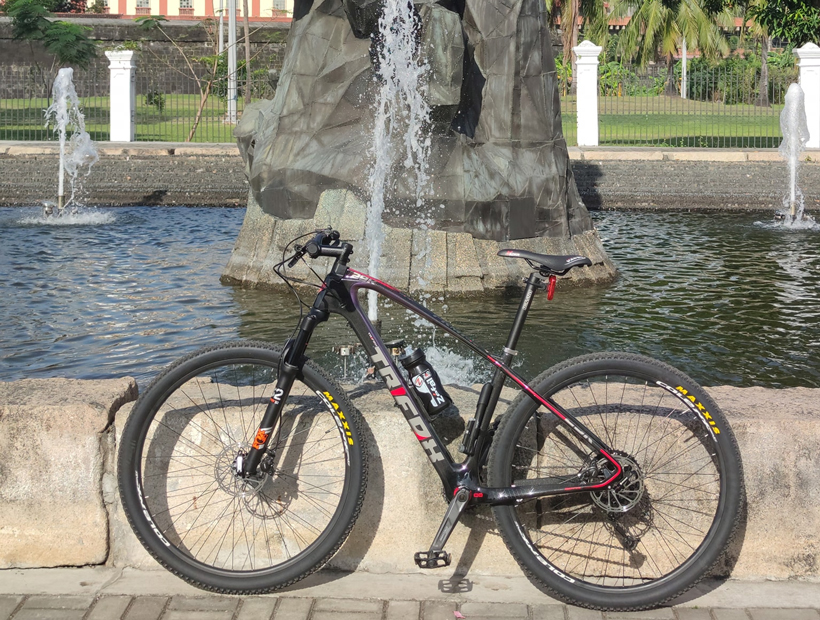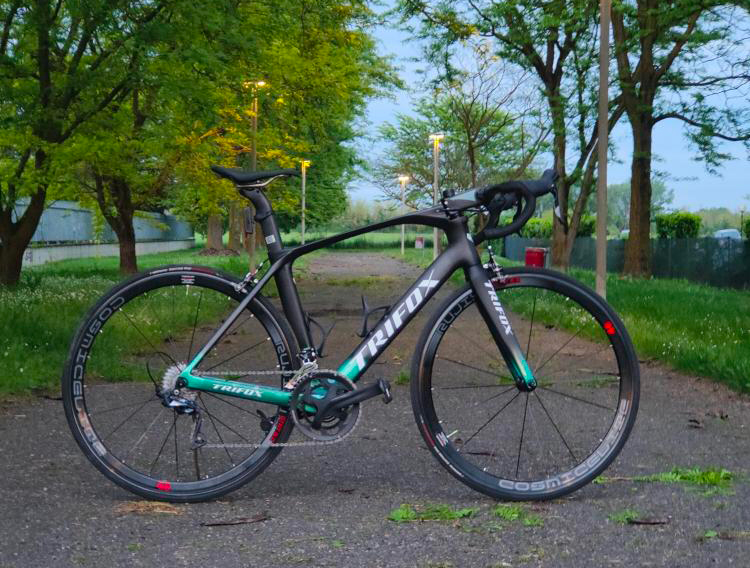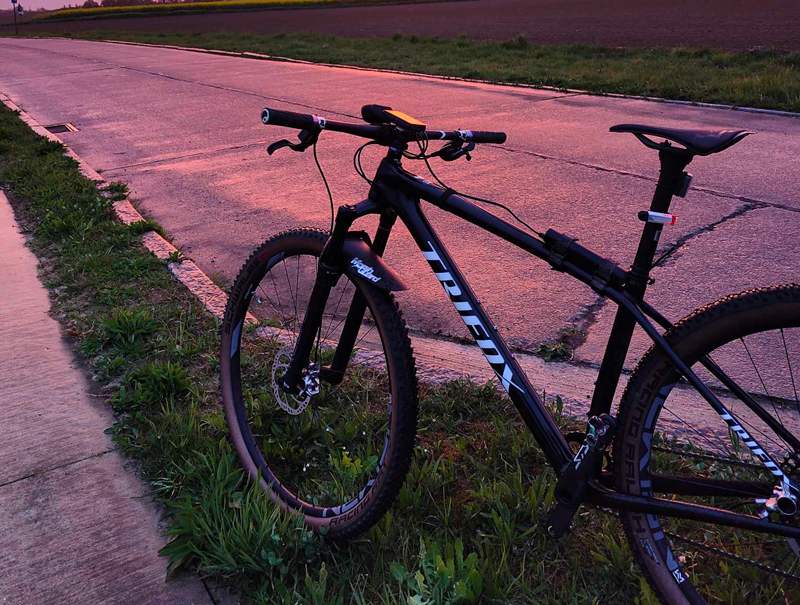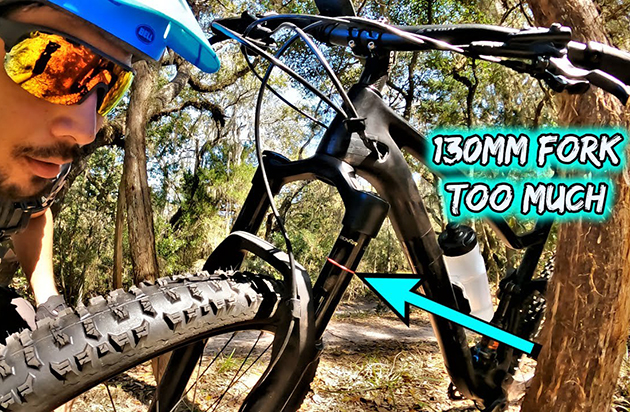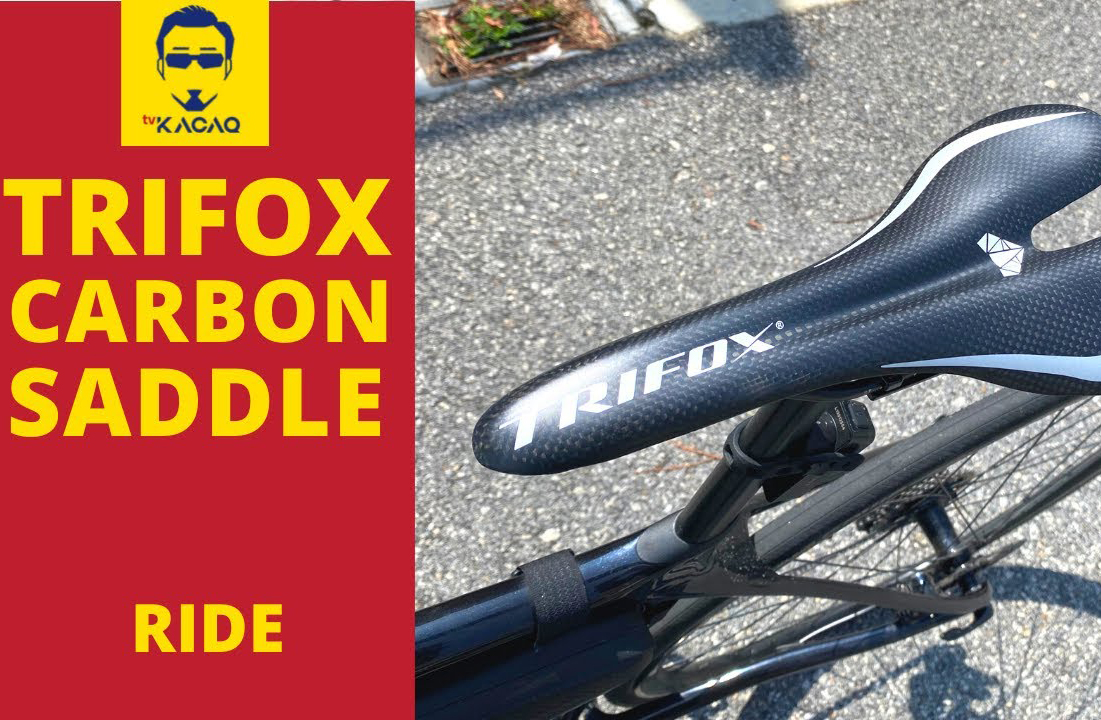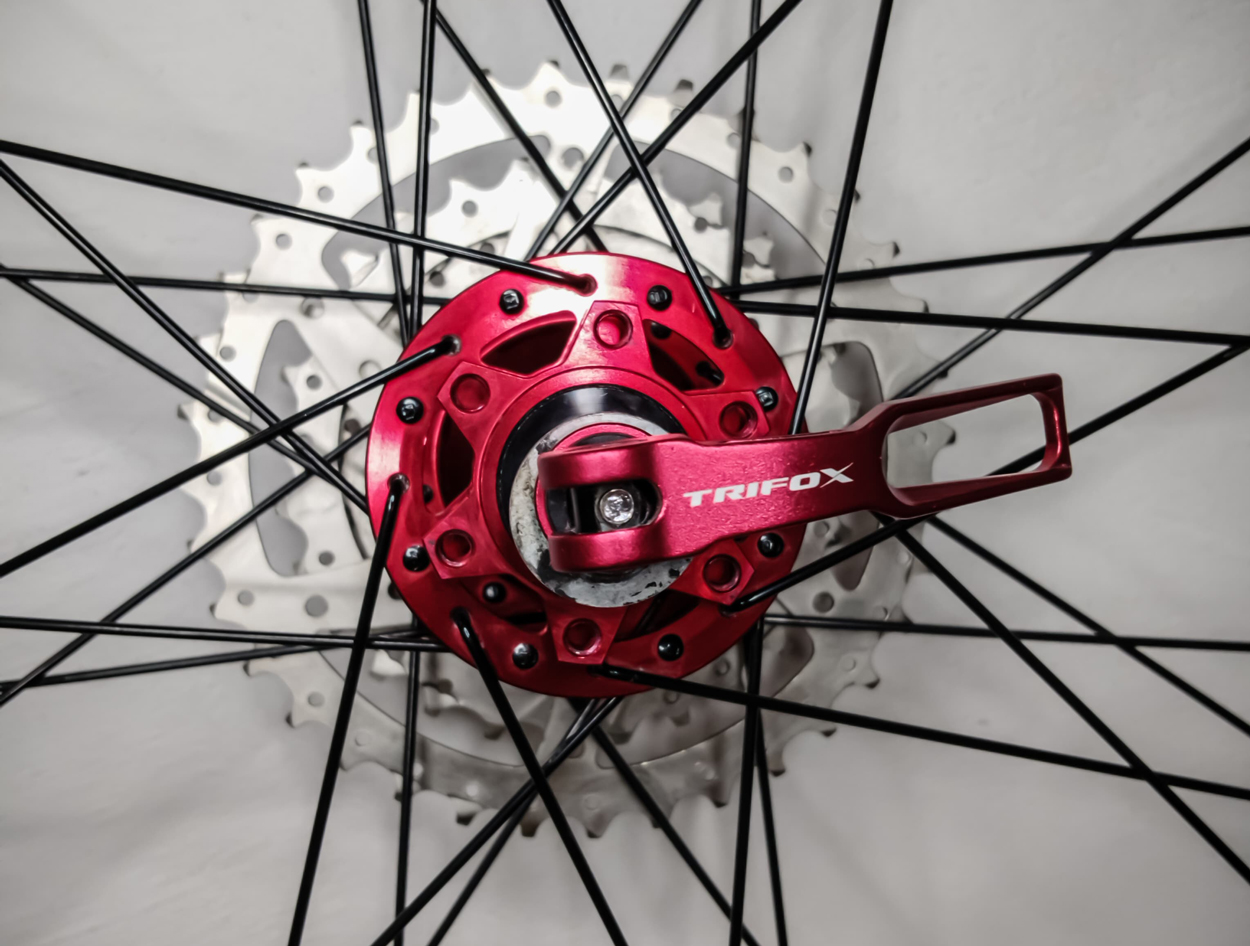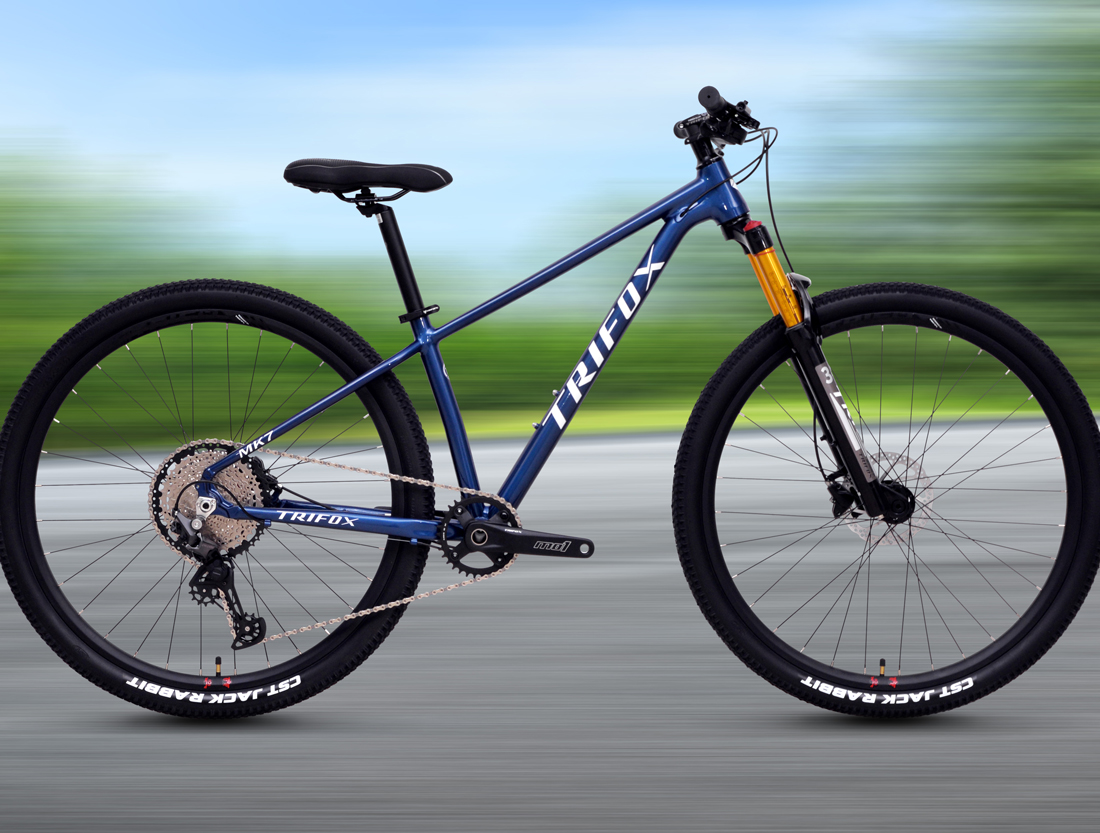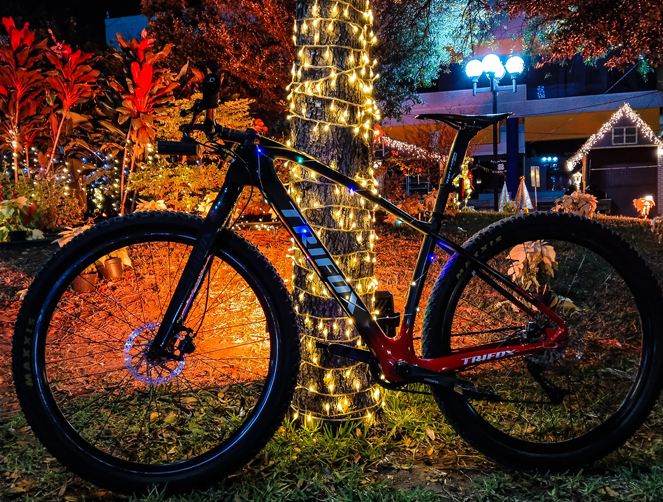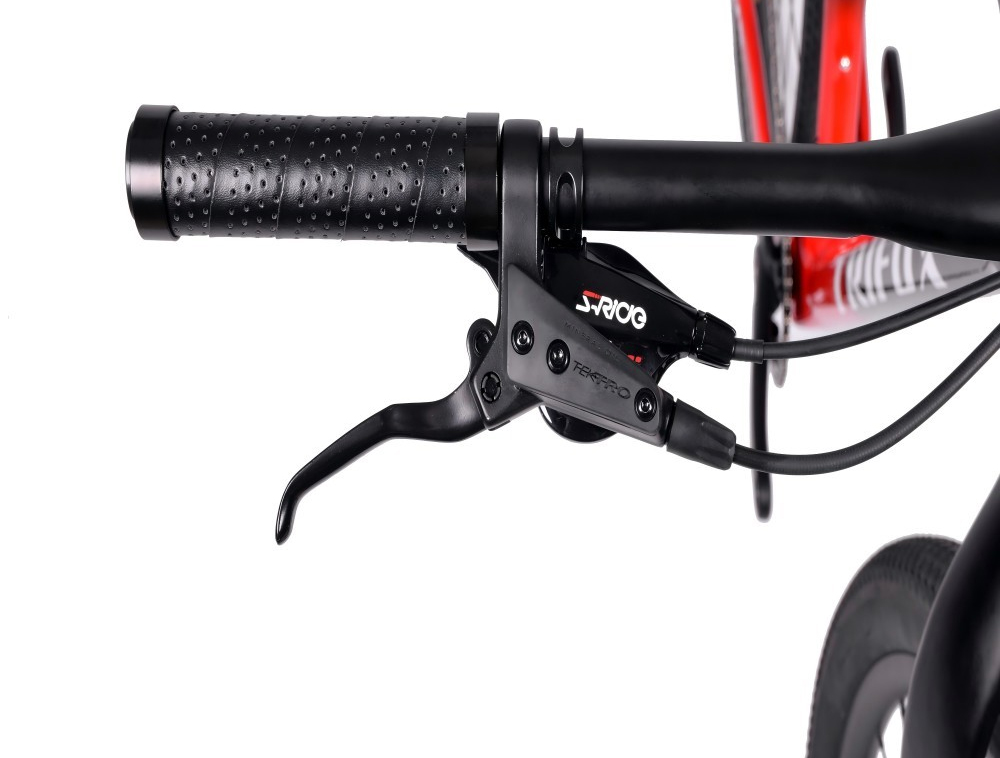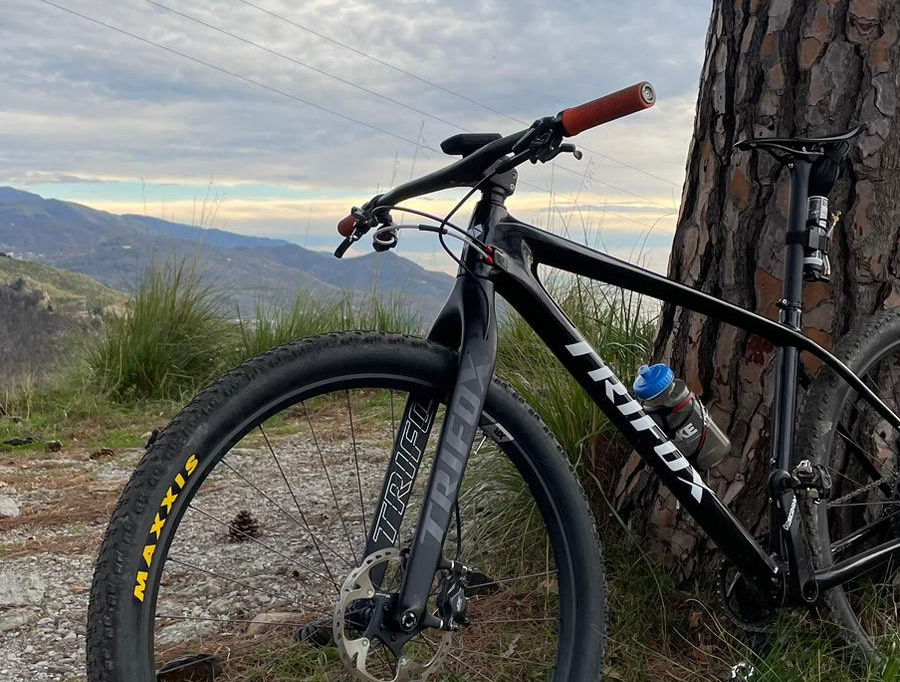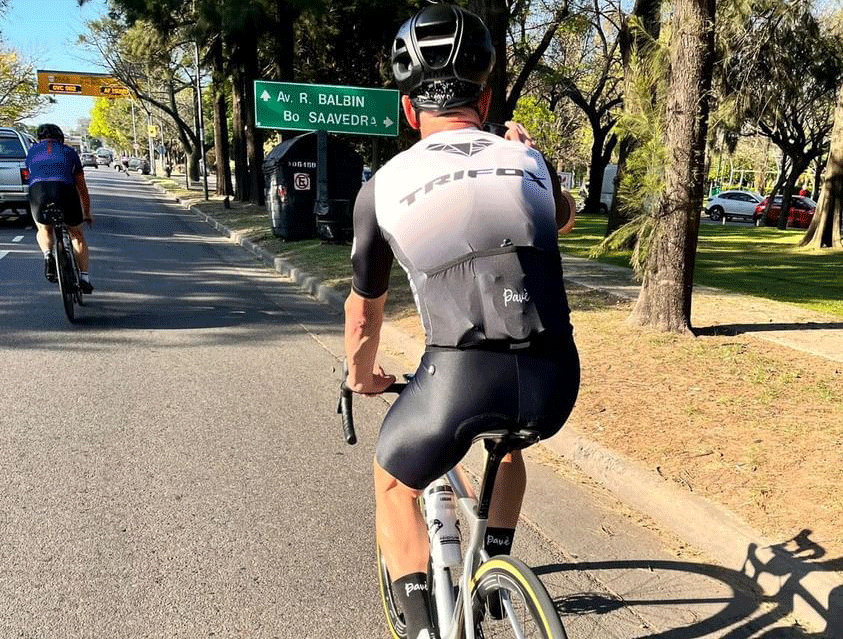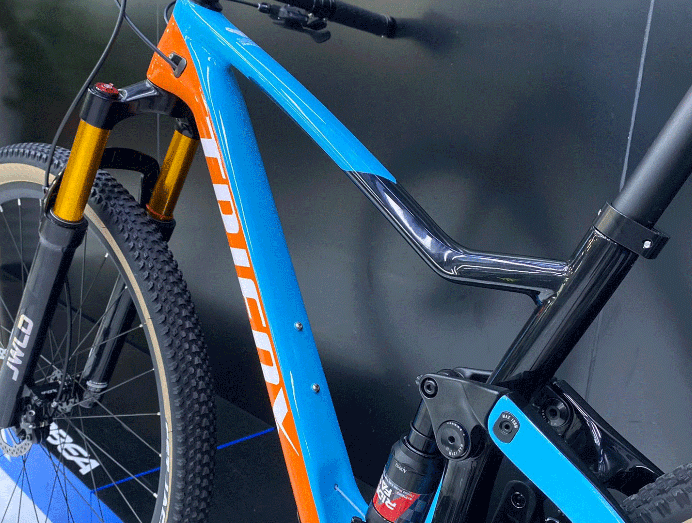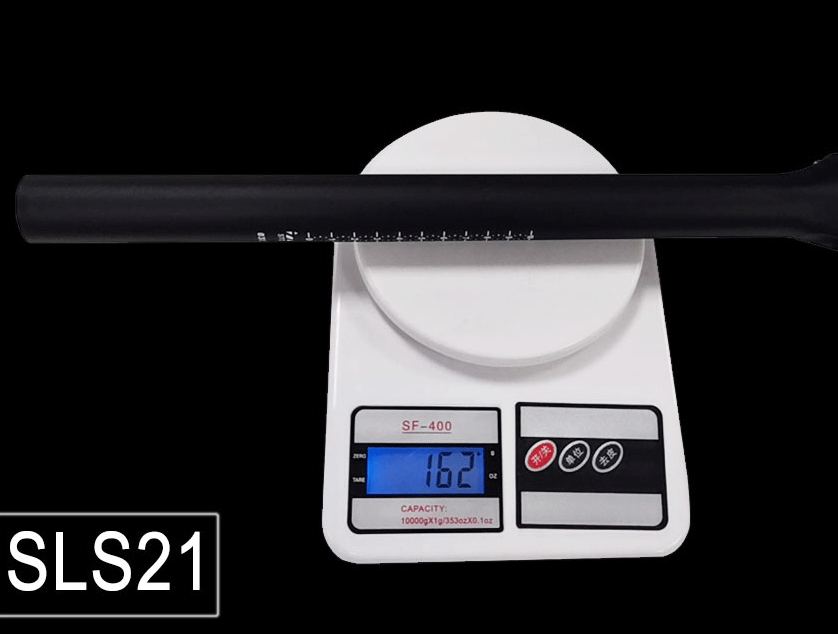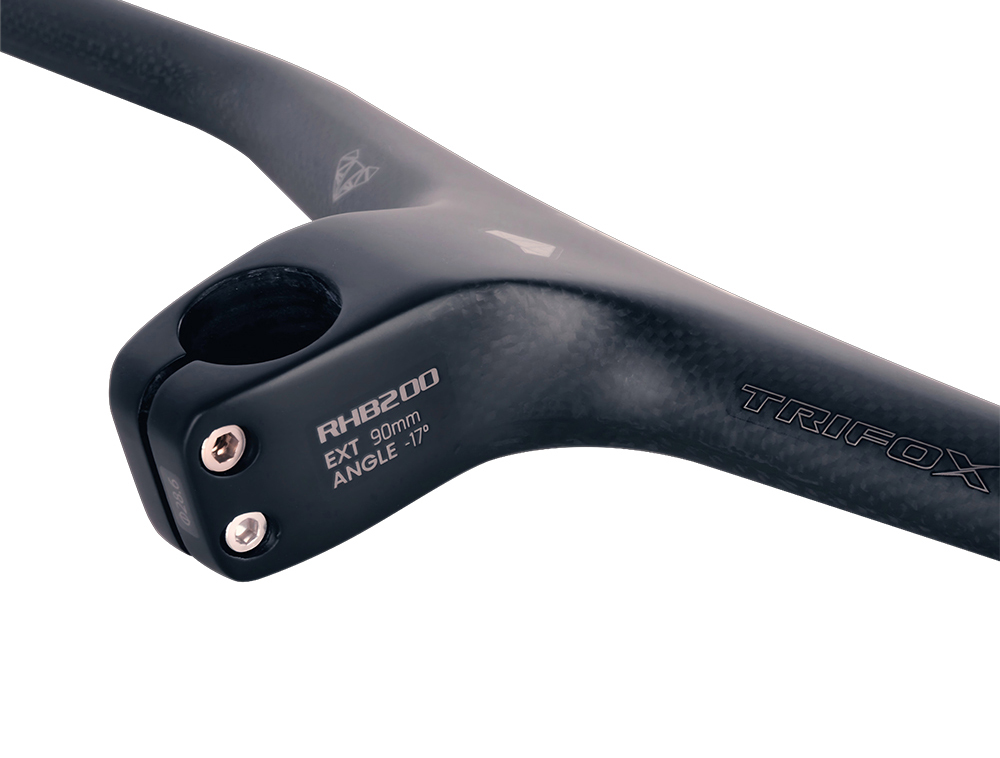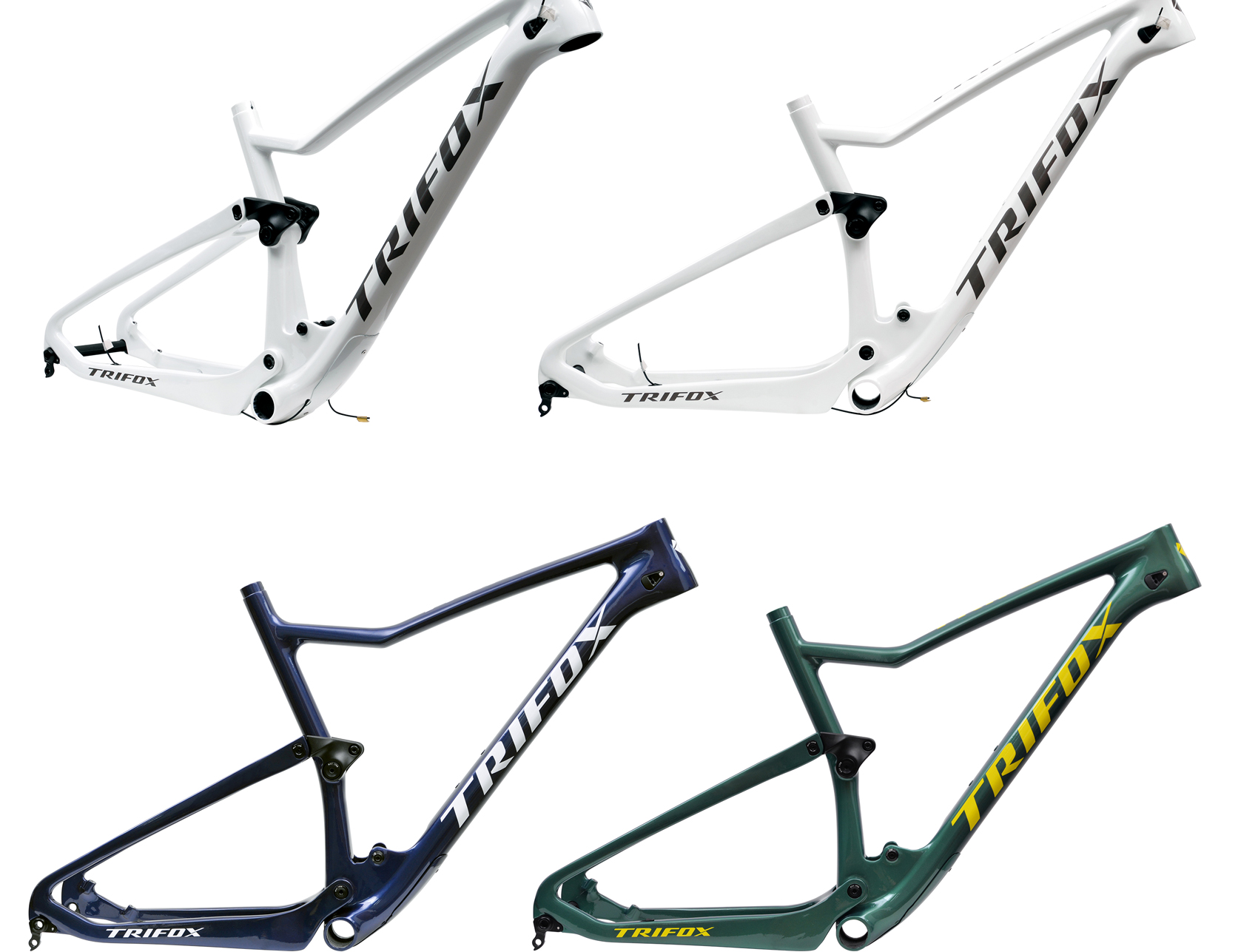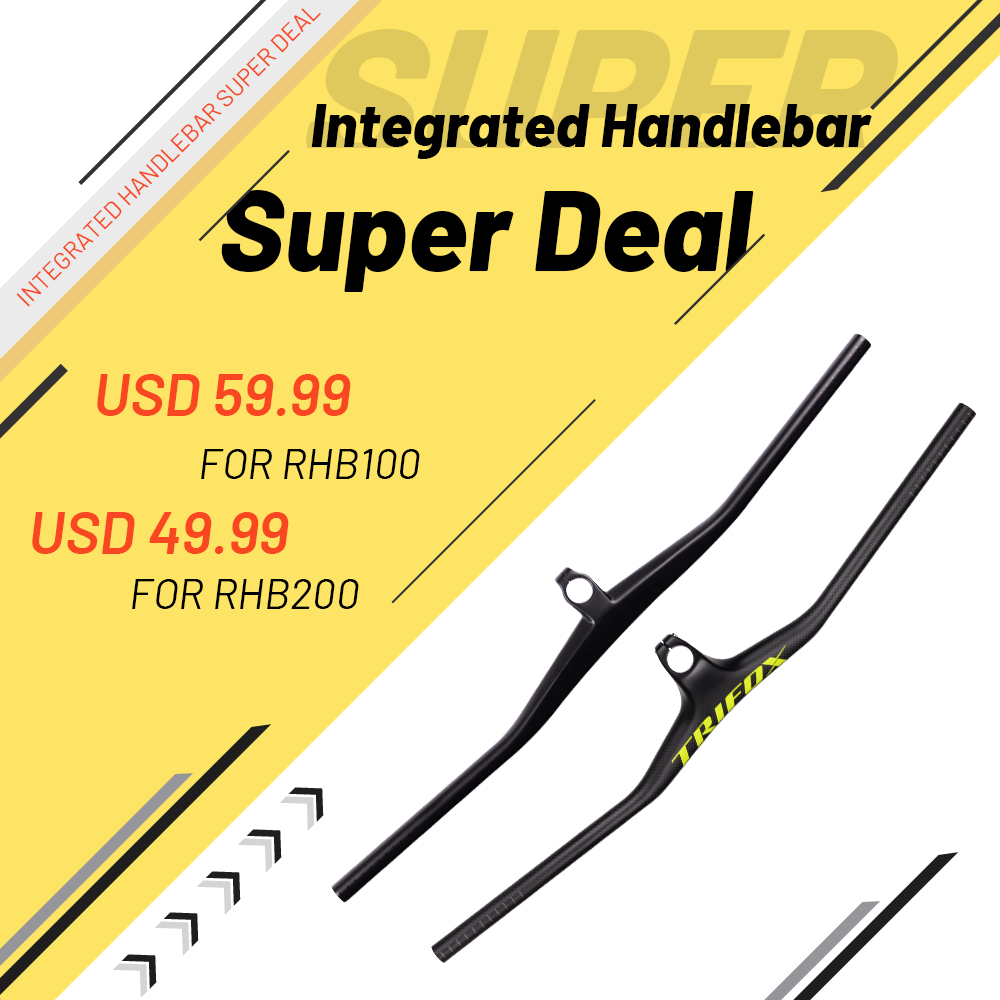When it comes to bicycles, many cyclists tend to focus on components like wheels, frames, or gear systems, but one crucial part that is often overlooked is the bottom bracket. This small but vital component plays an essential role in your bike's performance, comfort, and overall ride quality. If you're wondering what exactly a bicycle bottom bracket is and how it impacts your ride, you're in the right place.
What is a Bicycle Bottom Bracket?
The bottom bracket is the part that connects your bike's crankset (the pedals and chainrings) to the frame. It's located in the bottom bracket shell, which is part of the frame, and it allows the cranks to rotate smoothly. The bottom bracket consists of a spindle that runs through the frame and connects the left and right crank arms. Bearings are used within the bottom bracket to enable smooth rotation and minimize friction.
Essentially, the bottom bracket serves as the interface between your cranks and your bike frame, allowing you to transfer power from your legs to the wheels. It might be a small and seemingly insignificant component, but without it, pedaling would be difficult and inefficient.
Types of Bottom Brackets:
There are several types of bottom brackets, each designed for specific frame types and rider needs. The two main categories are threaded and press-fit bottom brackets.
-Threaded Bottom Brackets: These are the traditional type and screw directly into threaded holes on the frame. They tend to be easier to install and maintain, making them a popular choice for many road and mountain bikes.
-Press-Fit Bottom Brackets: Instead of threads, press-fit bottom brackets rely on being pressed directly into the frame using a special tool. These are commonly found on modern bikes and are known for being lighter, but they can be more difficult to install and maintain.
The choice between these two types depends largely on the design of your bike frame and the level of performance you're seeking.
How Does the Bottom Bracket Affect Your Ride?
The bottom bracket, although often overlooked, has a significant impact on the performance of your bike. Here's how it affects your ride:
1. Pedaling Efficiency: A well-maintained bottom bracket allows for smooth and efficient power transfer from your legs to the cranks. If the bearings inside the bottom bracket are of high quality, the cranks will rotate smoothly with minimal friction, making pedaling feel effortless. Poorly maintained or low-quality bottom brackets can result in rough pedaling, which wastes energy and can make the bike feel sluggish.
2. Crankset Alignment and Ride Comfort: The bottom bracket also affects the alignment of your crankset. If the bottom bracket is incorrectly installed or of poor quality, it can cause misalignment, which leads to discomfort, poor pedal stroke mechanics, and potential injuries over time. Ensuring that your bottom bracket is installed correctly and is in good condition is key to achieving optimal crank arm alignment.
3. Weight Considerations: As with most bike components, weight is a crucial factor. Carbon fiber and high-grade aluminum bottom brackets tend to be lighter than their steel counterparts, which is an important consideration for competitive cyclists. A lighter bottom bracket can help shave a few grams off the overall weight of your bike, contributing to a more responsive and agile ride.
4. Durability and Maintenance: The bottom bracket’s durability directly impacts how often it needs maintenance. High-quality bottom brackets are designed to last longer and require less frequent servicing. However, bottom brackets that are exposed to the elements or suffer from neglect can wear down quickly, leading to poor performance and the need for replacement.
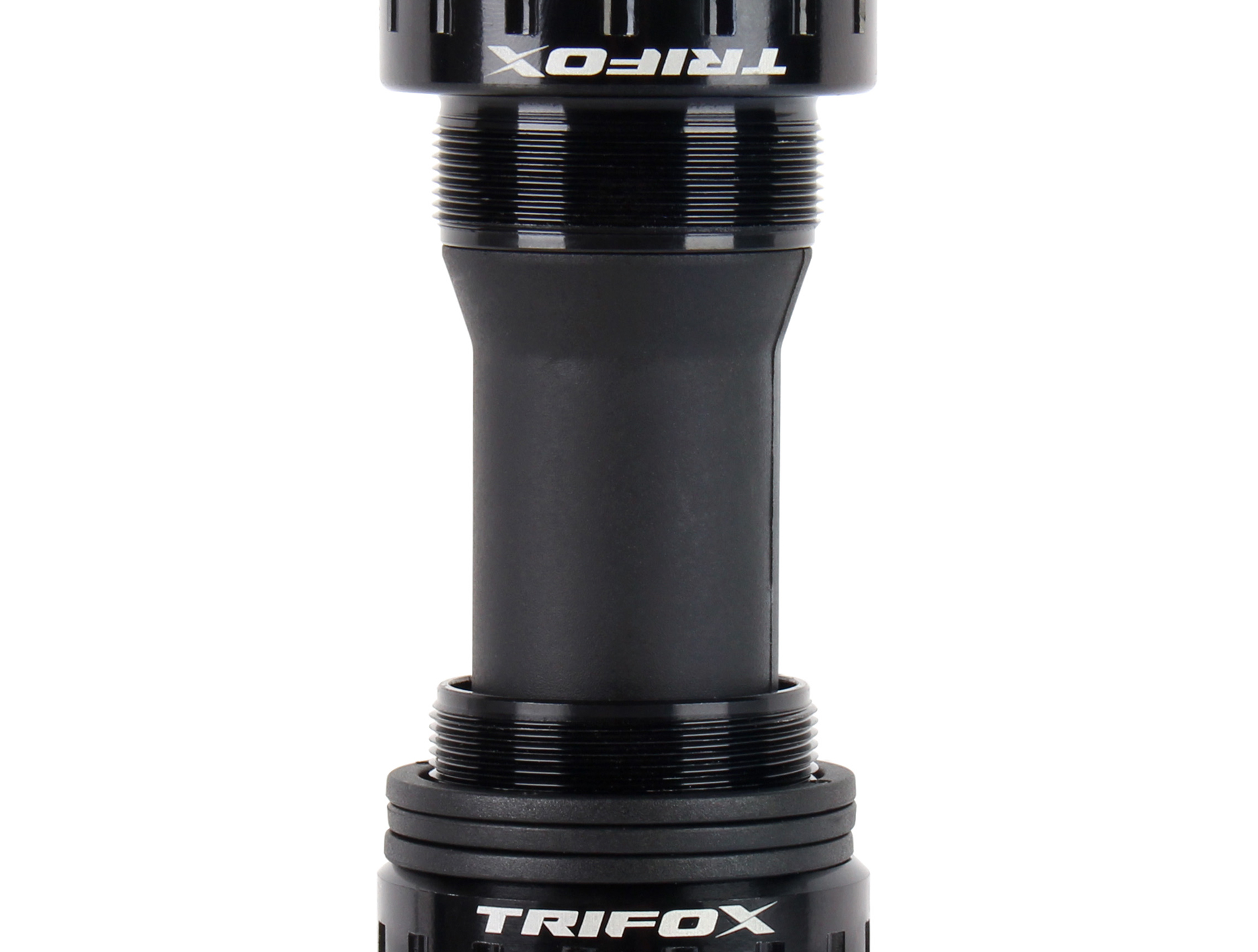
In short, the bottom bracket is a small but crucial component of your bike. It affects everything from pedaling efficiency and ride comfort to crankset alignment and bike weight. By understanding its function and ensuring it’s properly maintained, you can improve your ride quality and performance, making your cycling experience more enjoyable and efficient. If you’re unsure about the condition of your bottom bracket, consider having it checked by a professional mechanic to avoid unnecessary issues on your rides.




























































